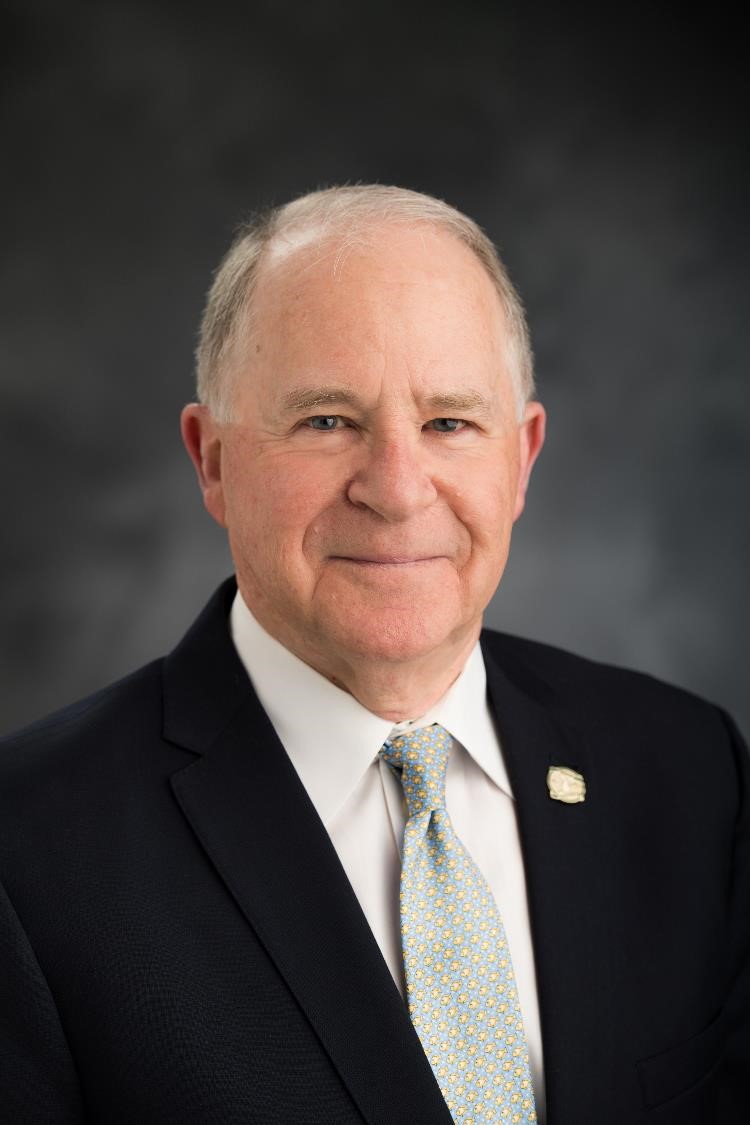
eAudiology
Tympanic Electrocochleography in Superior Semicircular Canal Dehiscence: Diagnostic and Intraoperative Monitoring Applications (0.1 AAA/TIER 1 CEUs)
-
Register
- Non-member - $60
- Member - $35
- Student - $10
Tympanic Electrocochleography in Superior Semicircular Canal Dehiscence: Diagnostic and Intraoperative Monitoring Applications
August 19, 2019, 1:00 pm - 2:00 pm ET
Presenter: Paul R. Kileny, PhD
CEUs: 0.1 AAA/Tier 1 CEUs
Instructional Level: Intermediate/Advanced
Program Focus: Knowledge
Learning Outcomes: Upon completion, each participant in the eAudiology Web Seminar will be able to:
- Recognize signs and symptoms of SSCD
- Understand the role of EcochG in diagnosing SSCD
- Understand the benefit of intraoperative EcochG in the treatment of SSCD
Description: Hallowell Davis, was the first to demonstrate in the 1950’s, that changing the pressure in the scala tympani, and the static position of the basilar membrane resulted in a change in the configuration of the summating potential (SP). Subsequently, transtympanic electrocochleography (ECochG) was recognized as an effective tool in the diagnosis, of Meniere’s disease (MD)/endolymphatic hydrops (ELH). More recently, our group has shown that tympanic EcochG has a high sensitivity in the diagnosis of superior semicircular canal dehiscence (SSCD)/third window conditions. Using computed tomography as the standard, elevation of SP/AP on ECochG (0.40<) demonstrated 89% sensitivity and 70% specificity for SSCD. The mean SP/AP ratio among ears with SSCD was significantly higher than that among unaffected ears (p < 0.0001). During occlusion procedures, the SP/AP increased on exposure of the canal lumen (mean change ± standard deviation, 0.48 ± 0.30). After occlusion, the SP/AP dropped below the intraoperative baseline in most cases (mean change, −0.23 ± 0.52). All patients experienced symptomatic improvement. All patients who underwent postoperative ECochG 1 to 3 months after SSCD repair maintained SP/AP of 0.4 or less. This presentation will detail our tympanic EcochG technique, and highlight its diagnostic and intraoperative application in patients with SSCD, illustrated by case studies.

Dr. Kileny joined the faculty of the University of Michigan Medical School in 1985 as an Assistant Professor and Director of Audiology, Electrophysiology, and Intraoperative Monitoring in the Department of Otolaryngology, Head and Neck Surgery. He was promoted to the rank of Professor with Tenure in 1992. He received his Doctorate in Audiology with an emphasis in neurophysiology from the University of Iowa in 1978. His involvement with intraoperative monitoring began in the early 1980’s.
At the University of Michigan he co-founded the Cochlear Implant Program, and established the Newborn Hearing Screening and Neurophysiologic Intraoperative Monitoring Programs, and more recently the only postdoctoral fellowship in intraoperative monitoring for audiologists. He has been the recipient of NIH grants for studies involving various aspects of cochlear implants including the investigation of new cochlear prosthesis alternatives, factors affecting performance with a cochlear implant, and clinical neurophysiology applications in patients with cochlear implants. Prof. Kileny has authored over 200 journal articles and book chapters, including publications on intraoperative monitoring, and has lectured extensively nationally and internationally. He is the author of the recently published “The Audiologist’s Handbook of Intraoperative Neurophysiological Monitoring” (Plural Publishing, 2019). The book includes a companion website with real time IOM videos. He is a licensed audiologist with ASHA and ABA board certifications in Audiology, and The American Audiology Board of Intraoperative Monitoring. He is an ASHA fellow, a founding Fellow of the American Academy of Audiology , and a charter member of its board (1988-1990).
Dr. Kileny is the recipient of the American Academy of Otolaryngology-Head and Neck Surgery Certificate of Honor (2001), the American Academy of Audiology Career Award in Hearing (2002), the Presidential Citation of the American Otological Society (2006), and the recipient of ASHA Honors of the Association in (2011).
